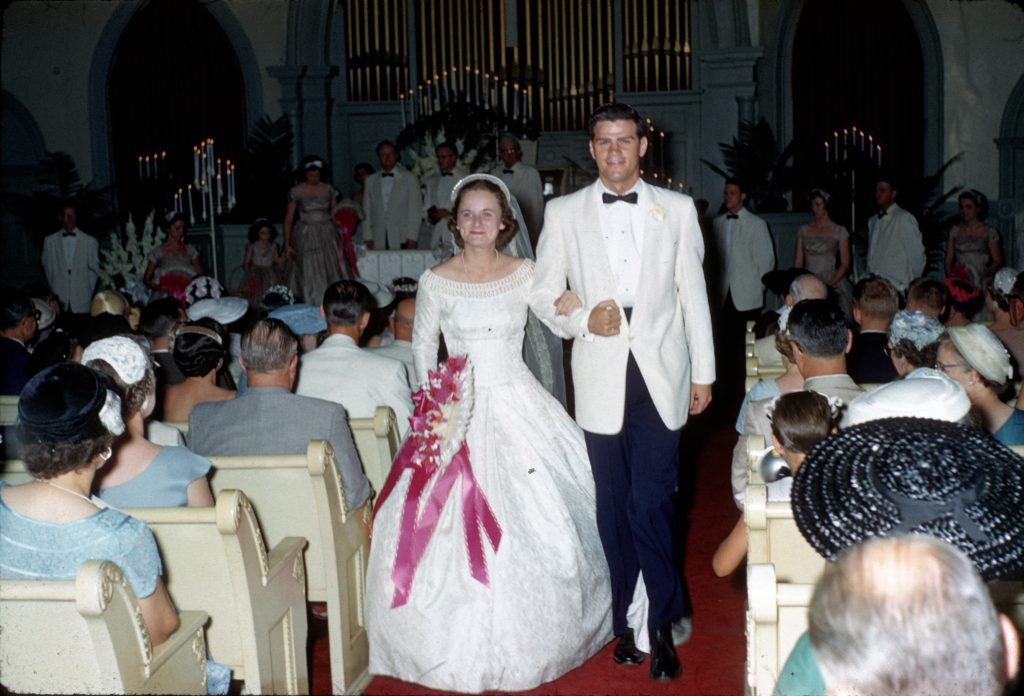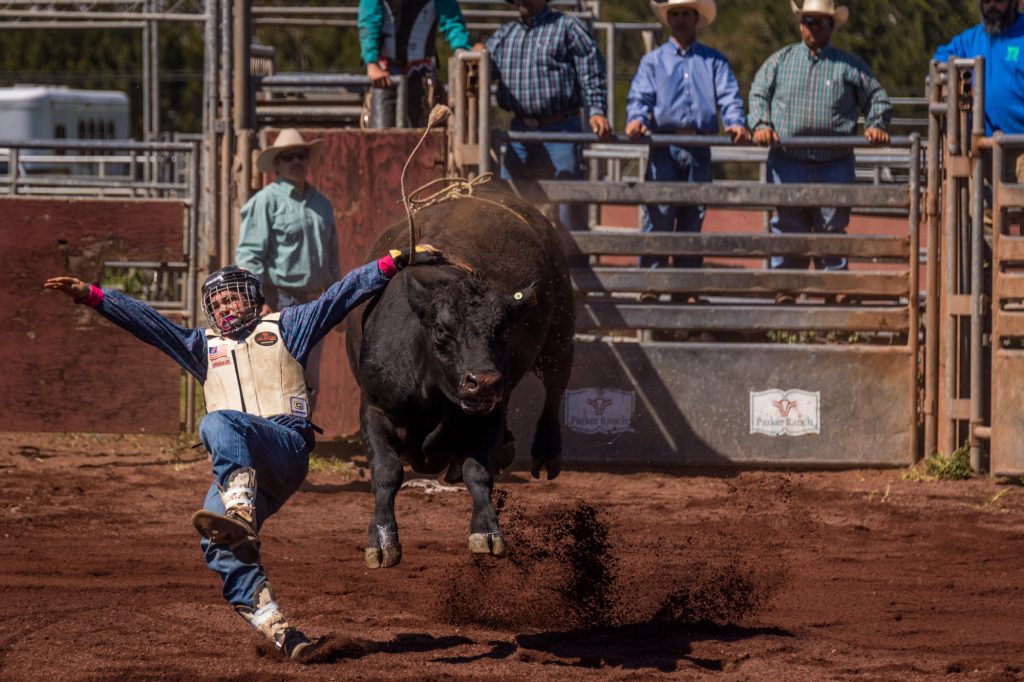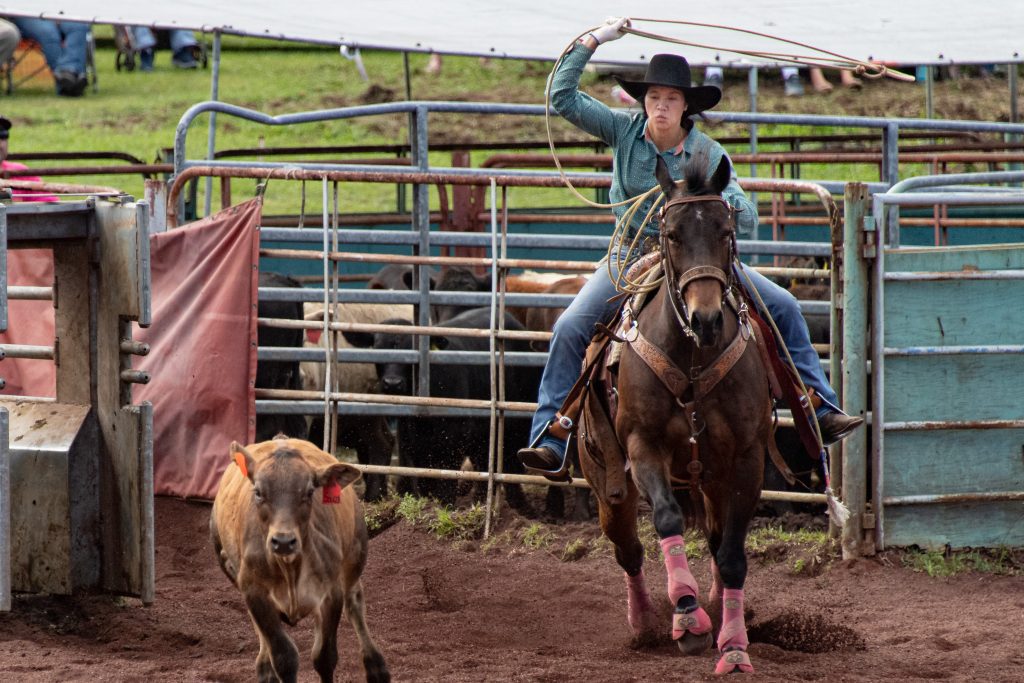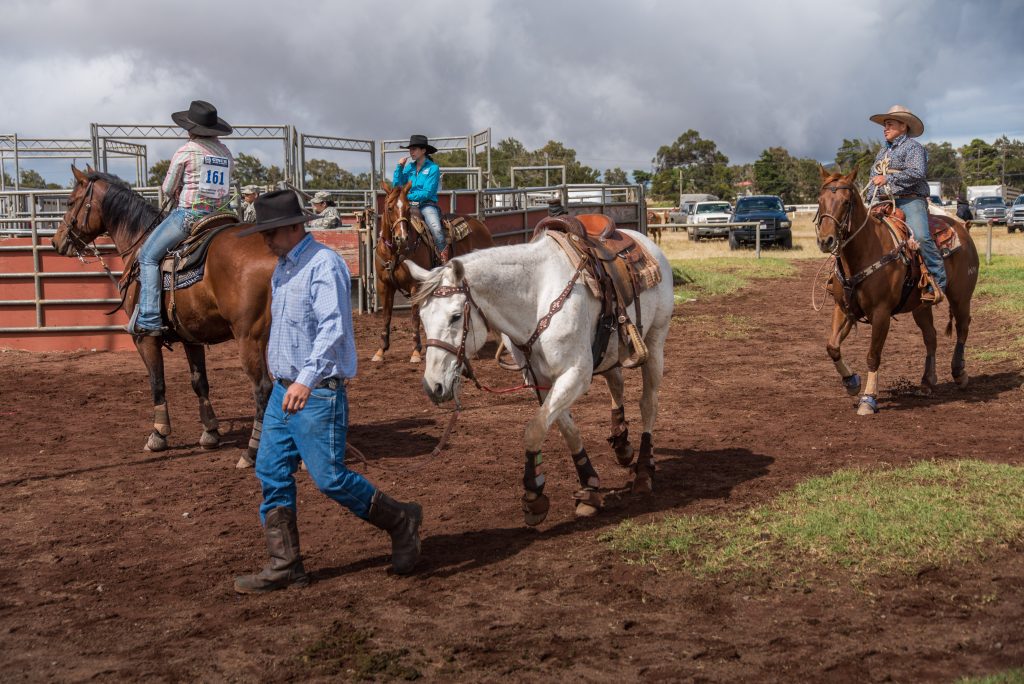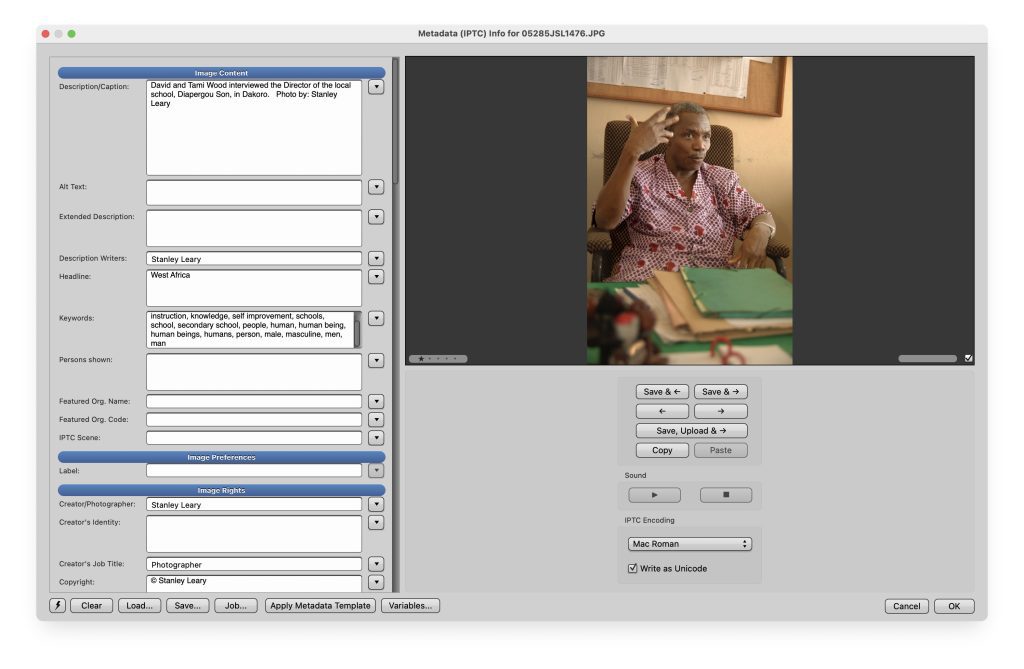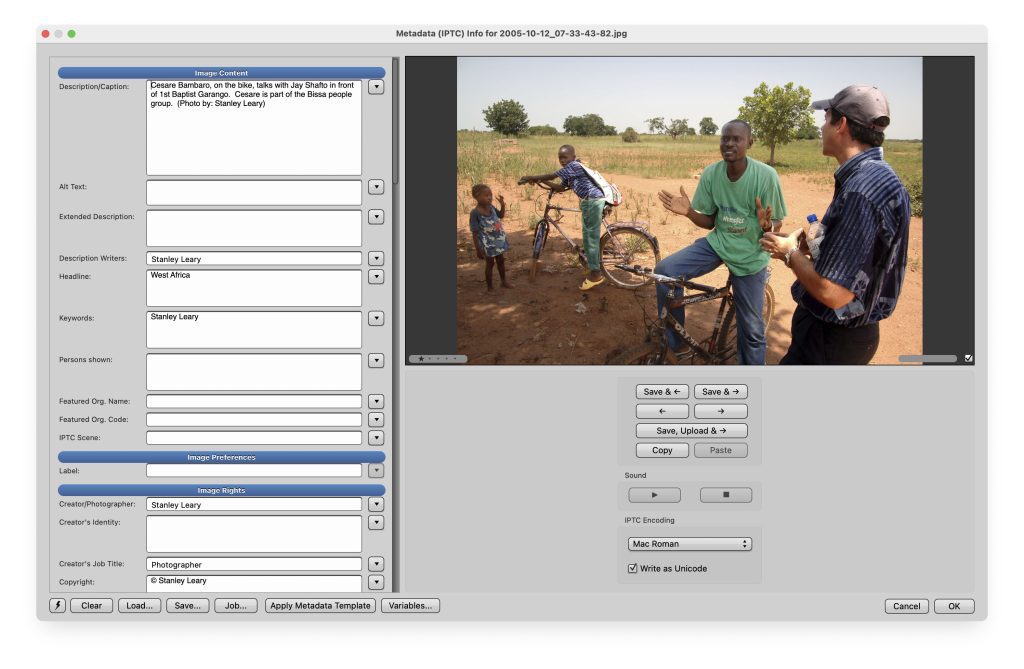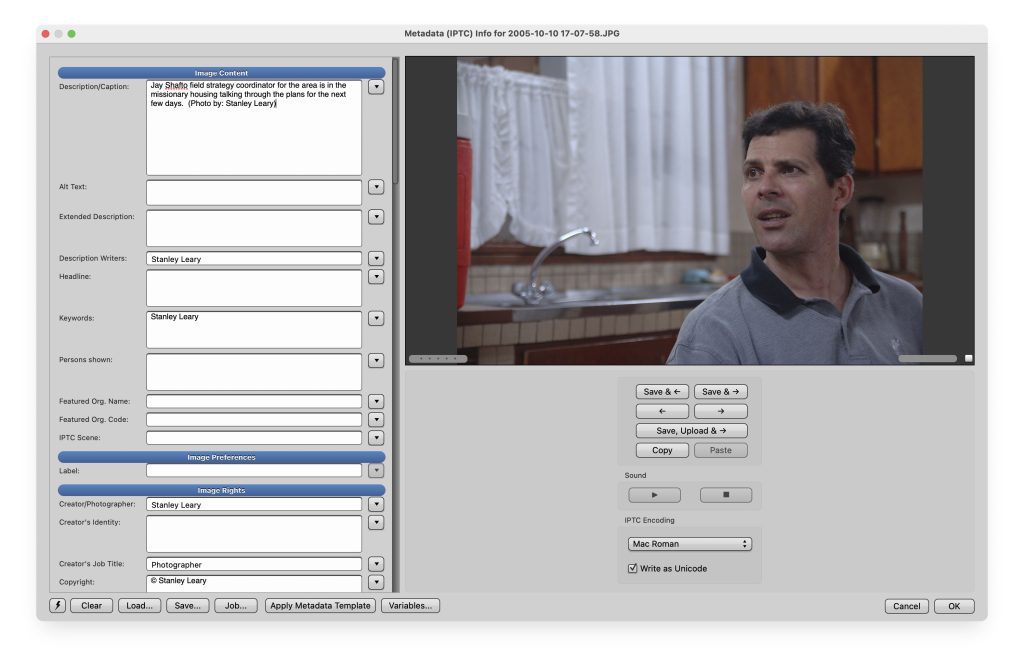Caption: James Dockery and Stanley Leary demonstrate to the Storytellers Abroad Multimedia Workshop participants in Lima, Peru, how to interview with a translator and use two cameras.
Introduction:
In storytelling, two prominent mediums have emerged as powerful platforms for delivering impactful narratives: the written word and video production. Both mediums offer unique opportunities to captivate audiences and convey compelling stories. However, a striking disparity exists in the creative process between writing a documentary-style story and producing a video report. This blog delves into this intriguing contrast, highlighting how video production demands meticulous planning and preparation. At the same time, writing allows for greater flexibility and spontaneity until the last moments before publication.

The Written Word:
A Realm of Fluidity and Iteration When crafting a documentary-style story through writing, the process is characterized by flexibility and iterative refinement. Writers can experiment with various narrative structures, perspectives, and tones as they mold their stories. This iterative nature allows writers to fine-tune their content, making adjustments to enhance engagement, clarify ideas, and evoke emotions.
Imagine crafting an article about a wildlife conservation project. As a writer, you can seamlessly reorganize paragraphs, adjust the pacing, and modify the tone to strike the perfect balance between informative and emotionally resonant. Even moments before publication, you can make last-minute edits to ensure your message is clear and compelling.

Video Production:
The Art of Precise Planning Contrastingly, producing a documentary-style video presents an intricate web of challenges that demand careful planning and execution. Unlike writing, where words can be revised at any stage, video content requires meticulous preparation before the cameras start rolling. Once filming begins, the ability to make significant changes diminishes drastically.
Imagine you’re producing a video about the same wildlife conservation project. You must script the narration, plan the shots, arrange interviews, and organize the B-roll footage. All these elements must align seamlessly to tell a coherent and engaging story. While filming, you can’t simply conjure it out of thin air if you realize that a critical interview was missed. This rigid nature of video production necessitates comprehensive storyboarding and scripting, leaving minimal room for spontaneity during filming.

Examples:
- Writing Flexibility: Consider a blog post about a historical event. As a writer, you can explore different perspectives and interpretations, refining the narrative until it resonates powerfully with your audience.
- Video Production Precision: Imagine producing a mini-documentary about an archaeological discovery. You must anticipate the visuals needed to explain the process and findings accurately, as arranging for additional shots or recreating moments may be impossible once the fieldwork is complete.
Education on the Process:
Understanding the dichotomy between writing and video production can provide valuable insights into the creative process. As an audience, appreciating the intricate planning required for video content emphasizes the importance of each shot, scene, and interview. Conversely, recognizing the fluidity of writing encourages an understanding of the writer’s ability to refine and shape their narrative until the last possible moment.

Conclusion:
In the captivating realm of storytelling, the distinctions between writing a documentary-style story and producing a video are profound. While writing offers the luxury of constant refinement and last-minute adjustments, video production demands meticulous planning and precise execution. Both mediums have unique strengths and challenges, showcasing the diverse ways narratives can be brought to life. Whether through the fluidity of the written word or the precision of visual storytelling, storytellers continue to shape our world with their creative prowess.



